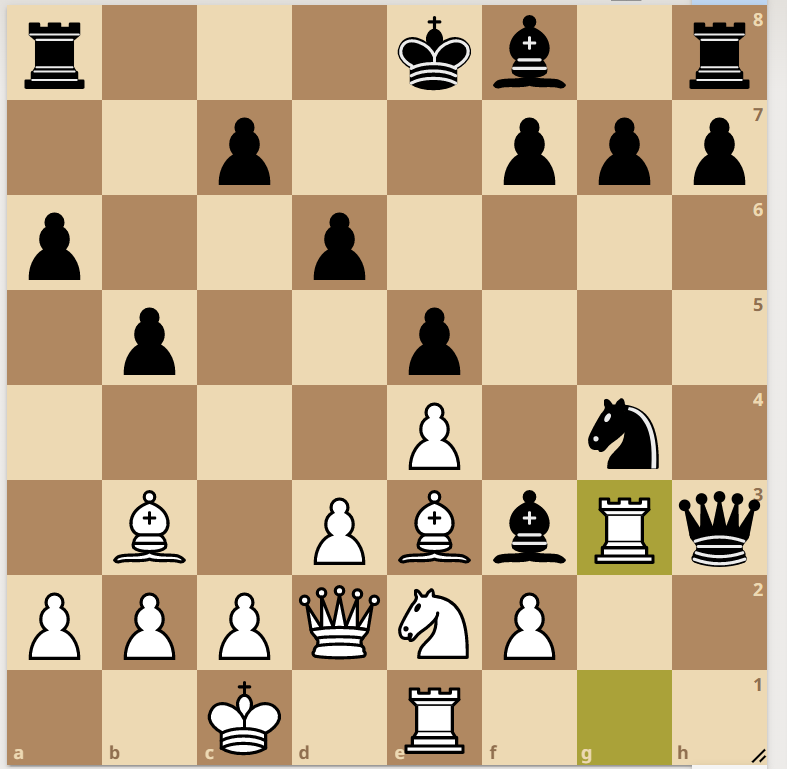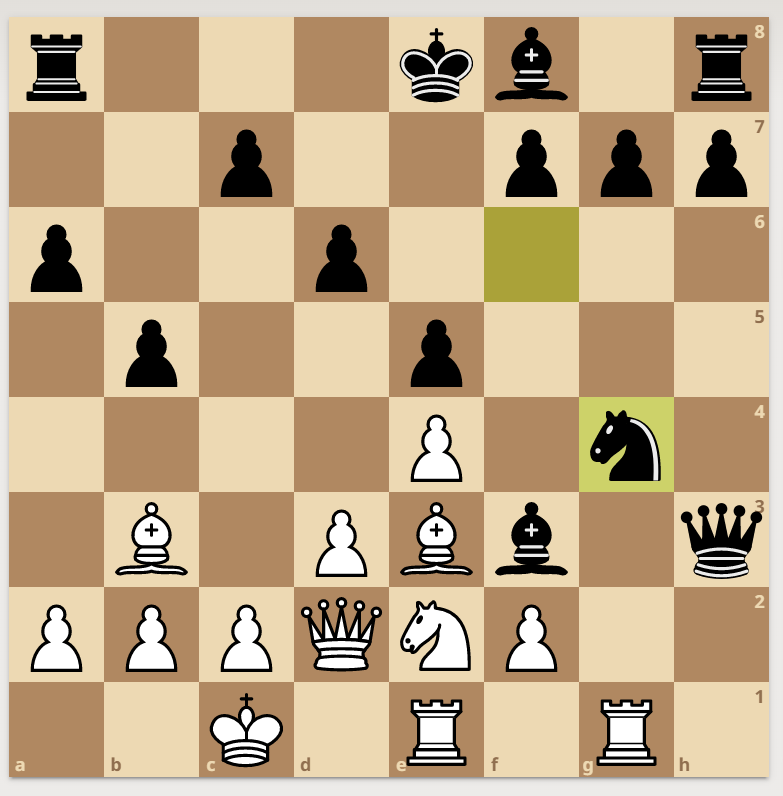Discovered attack
The Chess Tactic of the week is “Discovered Attack.”
What is a discovered attack?

A discovered attack occurs when a player moves a piece to generate an attack on their opponent by a previously hidden (blocked) piece. In this example (right) the bishop moves off the d-column to expose the Queen to an attack by the rook.
Why is this type of attack powerful?
Discovered attacks are incredibly useful to improve your game
- This type of attack can two positions simultaneously
- The attack (due to its nature) can often take your opponent by surprise
- Utilizing a discovered attack can create tempo
Example of a discovered attack
A very common opening trap utilizes the discovered attack to deadly effect. The copycat trap, nicknamed due to an opponent’s early imitation of your moves, will allow for a discovered check on the king and the capture of a queen! The trap begins with the common Petroff defense simple (1. e4 e5 2. Nf3 Nf6) but when each knight takes the center pawn this leaves black in a precarious situation. White plays QE2 threatening the black knight, and the quick thought (trap) is to move the knight back to safety.



White plays knight to c6, generating a discovered check on the Black King while simultaneously attacking the Queen on d8. The knight also controls the Black Queen’s only escape square on e7. Black has now lost his Queen early in the game, and will likely never recover.
The copycat trap is easily avoidable but demonstrates the ferocity a discovered attack can have on a position.
While this trap is an excellent example of the discovered check, more advanced players won’t fall for this trick. A much more common trap that is utilized in intermediate play comes from a variation of the three knights’ defense. Follow along below to see how White’s knight can create a deadly attack on Black’s rook.
Next week’s topic is “Attack the pinned piece.” But until then, go out and discover your own attacks!











